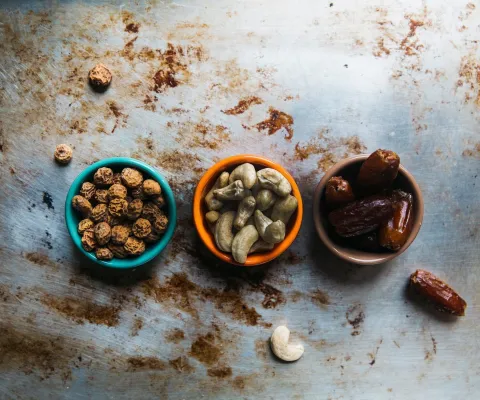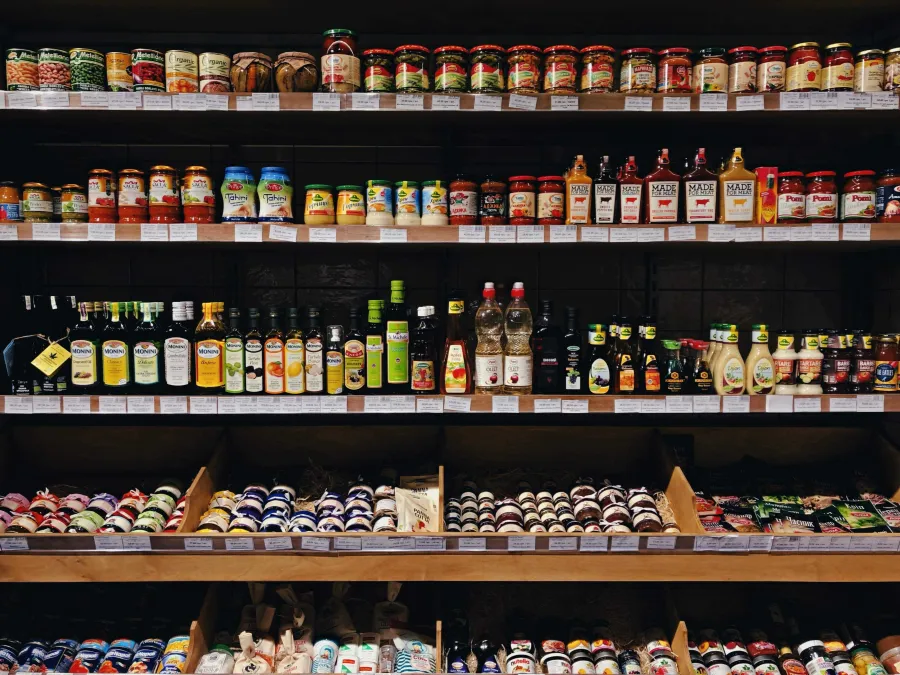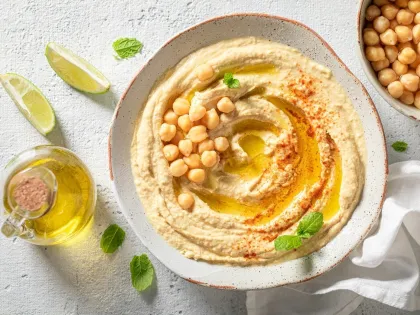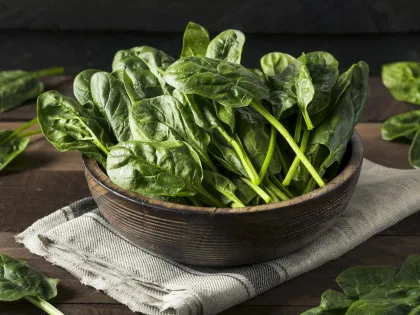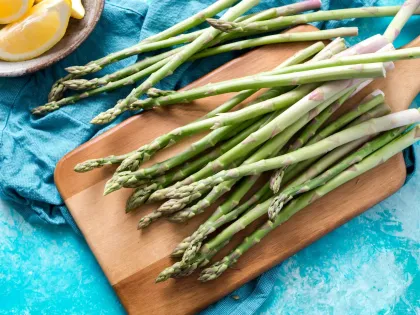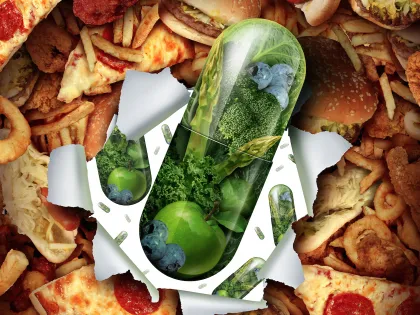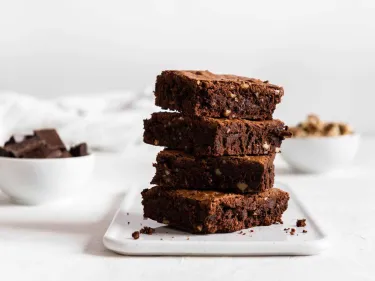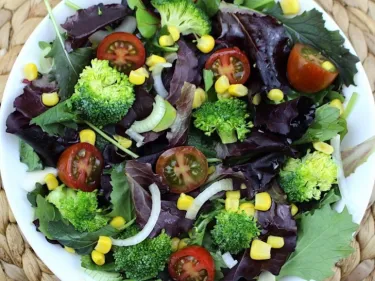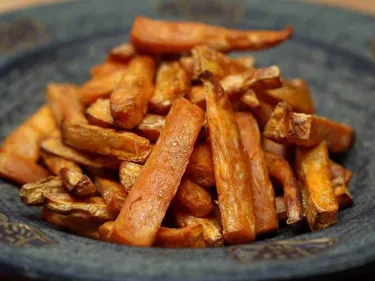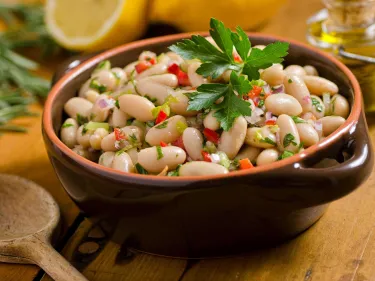Stocking your kitchen with (enough, but not too much) shelf stable foods can help you make quick, healthy meals. Shelf stable foods include canned, dried, and long-life foods. These foods are great to mix with fresh ingredients, including fridge staples.
You can use the list below to help you plan your shop. You don’t need everything on it, it’s a guide. Before heading to the supermarket, check what you already have at home. Cross out what you don’t need, and tick or add on the items you need in the next two weeks.
The list is grouped into pantry, fridge, and freezer staples for each food group.
Pantry Staples
These foods are usually in cans, jars or packets and can be used as the basis for many simple meals.
Vegetables | Fruit | Dairy |
Canned tomatoes (no added salt / reduced salt) Corn Beetroot Asparagus Beans Potatoes Onion Garlic | Canned peaches, apricots, fruit salad, pineapple Apples Oranges Dried fruit - sultanas, apricots, dates, prunes | Evaporated milk UHT milk Soy/almond/rice/oat milk |
Protein | Breads / Cereals | Condiments / Spices / Oils |
Canned tuna Canned salmon Sardines Anchovies Canned baked beans 4 bean mix Chickpeas Cannellini beans Canned lentils Dried lentils Split peas Jar tahini Peanut butter Canned soups | Bread Wraps Pizza bases Wholegrain crumpets Raisin bread (can also be frozen) Flours Rolled oats Couscous Rice Pasta & noodles Quinoa Taco shells Corn chips Canned spaghetti Breakfast cereals Vita-wheats or other crackers Muesli bars | Extra virgin olive oil Spray oil Balsamic vinegar Reduced salt stock (powder or liquid) Curry paste Curry / Stir fry bases Honey Vegemite Mustard Reduced salt soy sauce Reduced salt oyster sauce Herbs - basil, oregano, thyme, coriander, cinnamon, chilli, turmeric, paprika, salt, pepper, dill, rosemary |
Fridge Staples
These foods are usually foods high in protein, dairy and some fruits and vegetables. These may be more perishable than pantry staples, and storage time will vary.
Protein | Fruit & Vegetables | Dairy |
Eggs Tofu Hummus | Apples Berries Carrots Beans Celery Broccoli Capsicum Tomato Banana | Milk Natural yoghurt Plant based spreads (e.g., Olive oil spread) Cheese - parmesan, ricotta, feta, cheddar, block, sliced, grated |
Freezer Staples
Freezer foods can generally be stored for up to 3 months. Freezing is also an efficient and effective way to utilise meal prep, as meals can be made in bulk, and in advance and be stored for long periods of time.
Protein | Fruit & Vegetables | Dairy |
Frozen fish fillets Frozen meat and chicken Home cooked meal prep such as soups, casseroles and pasta sauces, curry | Frozen fruit and vegetables | Grated cheese and milk can be frozen |
